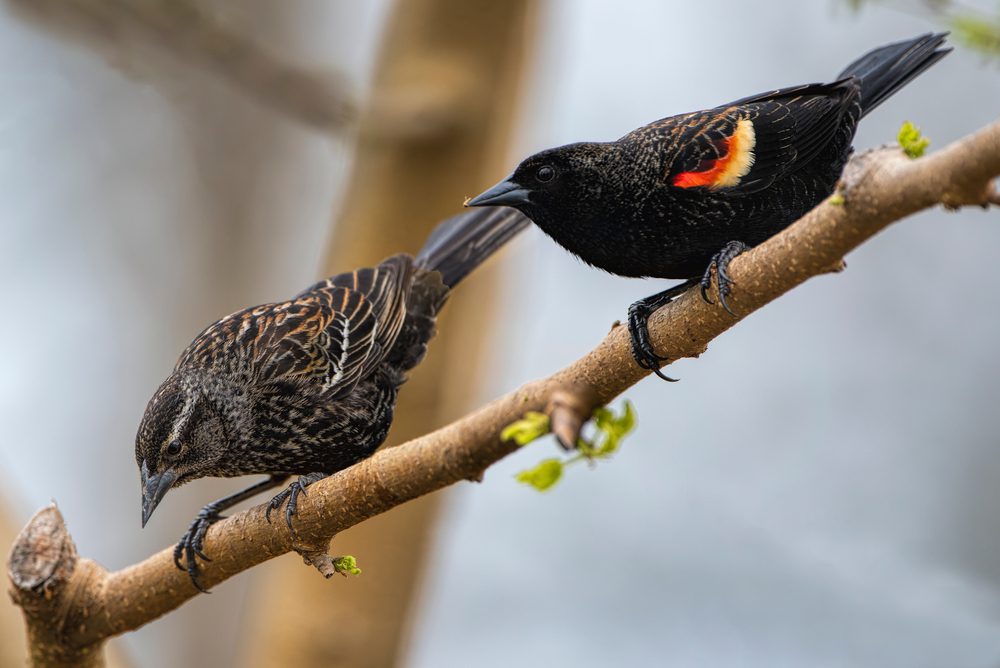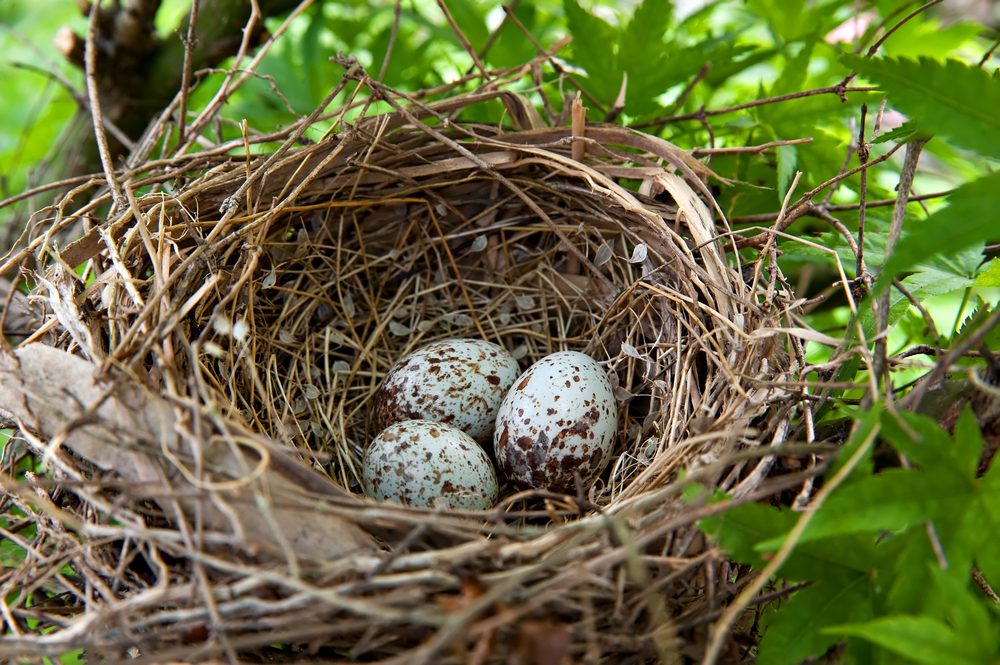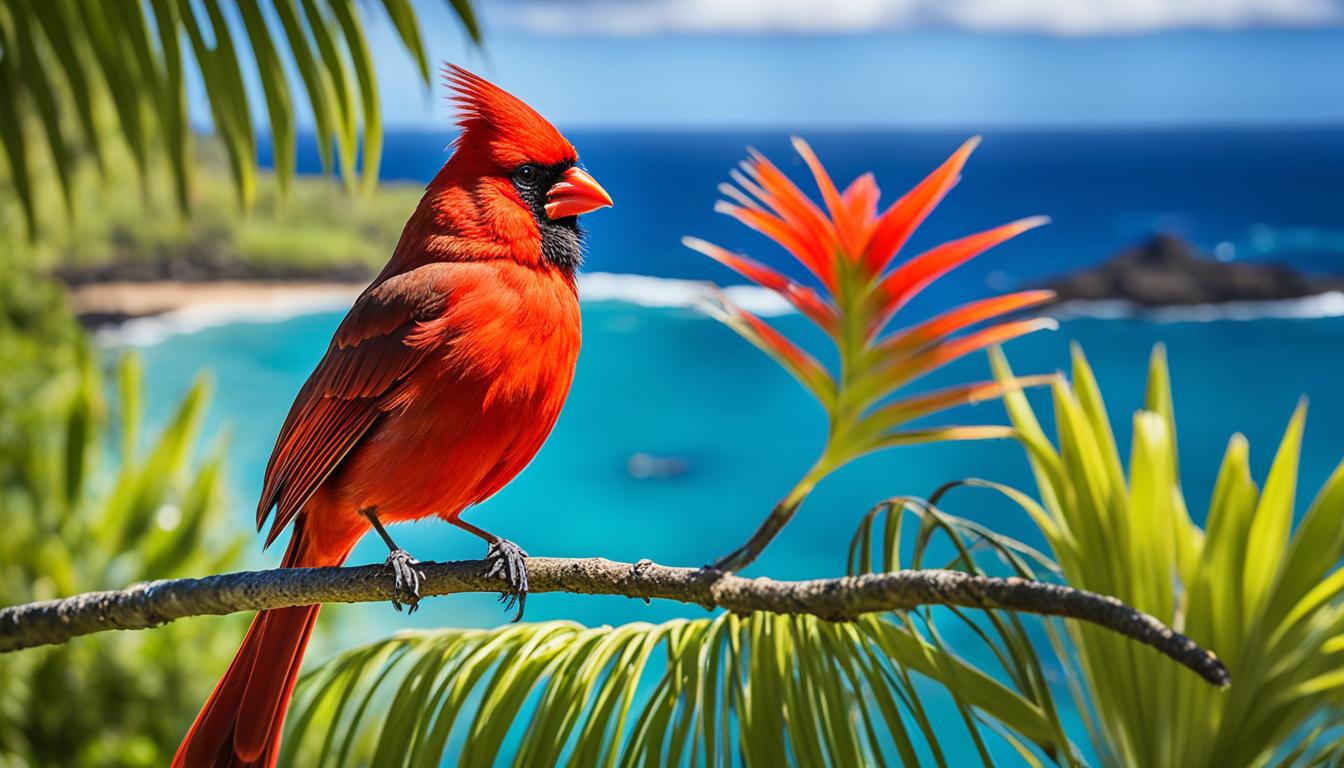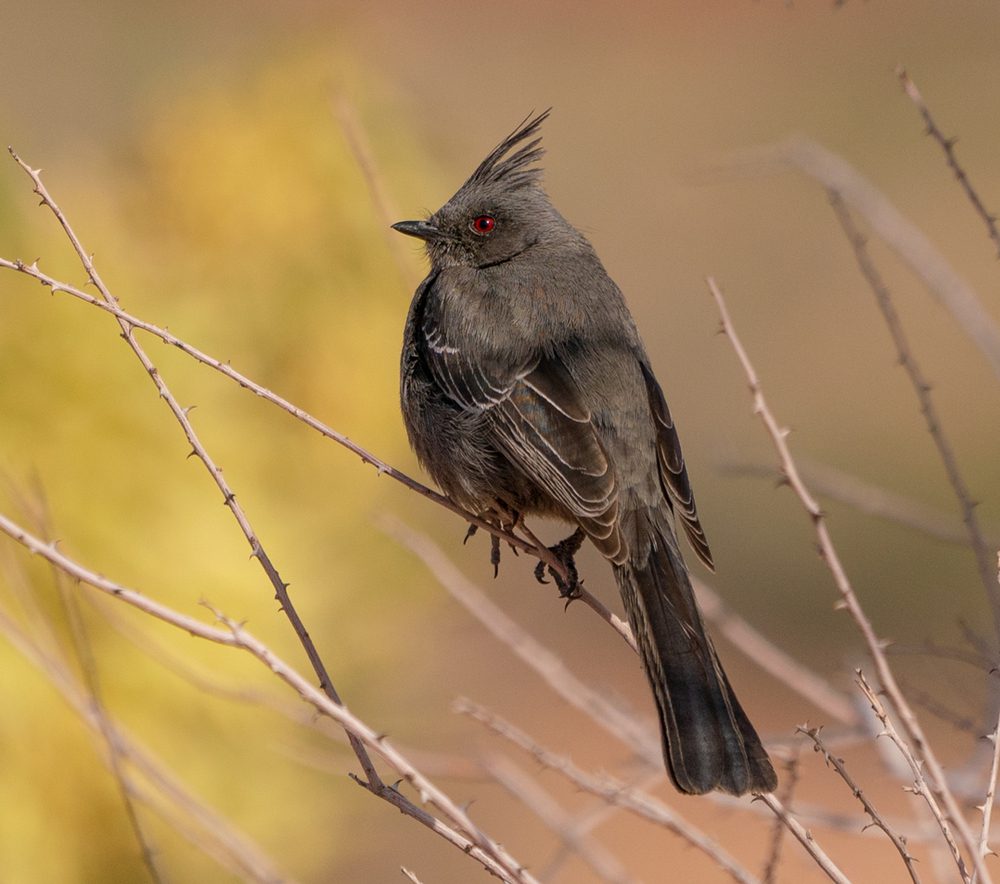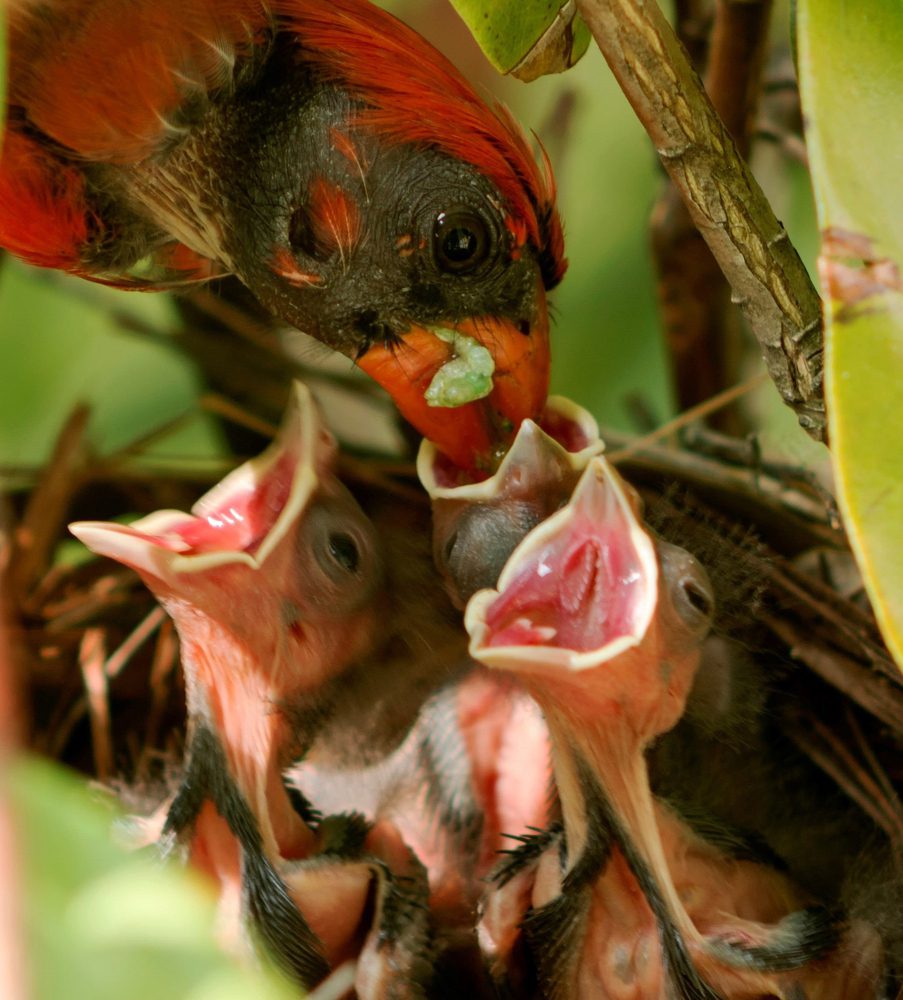Despite the difficulties, accurately identifying Female Red-Winged Blackbird vs Sparrow is important for both birdwatching enjoyment and conservation efforts. Unfortunately, many beginner and intermediate birders struggle to confidently tell female red-wings and sparrows apart in the field. The two share a predominantly brown, streaky plumage pattern that causes frequent cases of mistaken identity.
This article delves into the tangible differences between female red-winged blackbirds and sparrows across a variety of identification characteristics. By understanding key traits related to appearance, behavior, habitat preferences, and more, birdwatchers can hone their skills and appreciate the diversity of avian life around them.
Table of Contents
Physical Characteristics of Female Red-Winged Blackbirds
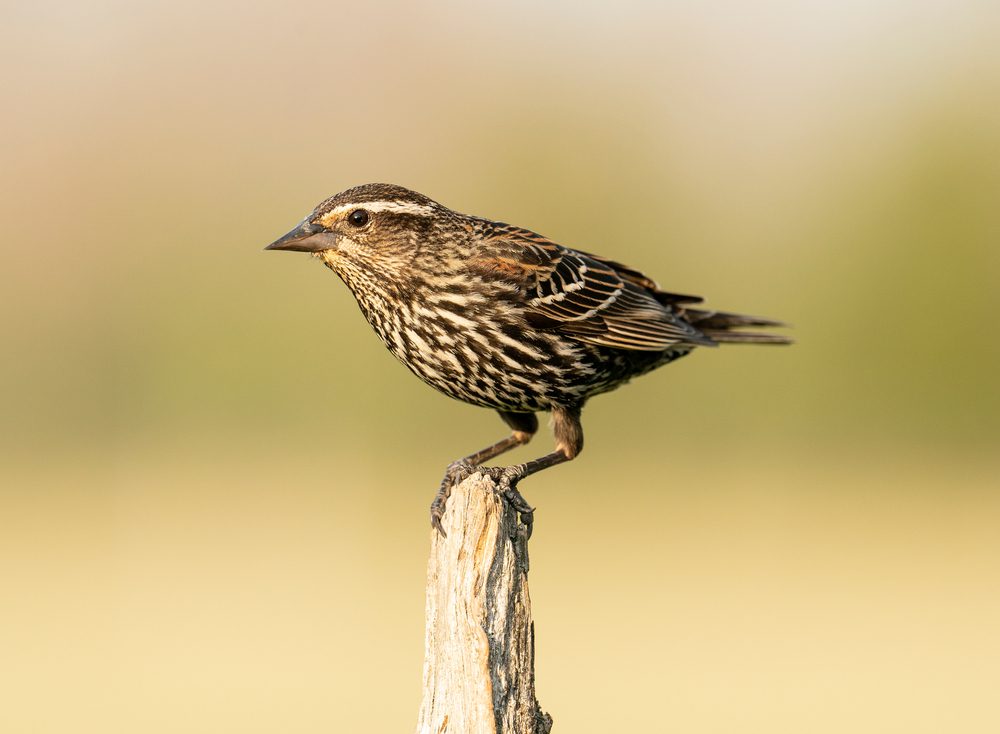
Female red-winged blackbirds are medium-sized songbirds, measuring around 6 to 9 inches in length with wingspan of about 12 to 15 inches. Their plumage is mostly dark brown to blackish, with light streaks on the breast and back. The most distinctive physical feature of the females is the reddish-orange shoulder patches edged with yellow borders, known as epaulets.
Though duller than the bright red epaulets of the males, these shoulder patches are still a key way to identify female red-wings. Other notable markings include pale yellowish eye-stripes, a pointed bill, and long legs and feet suited to wading through marshes. In flight, the somewhat rounded wings show white patches or bars along the flight feathers. Females are very similar in appearance to immature male red-wings, making accurate identification challenging at times.
Physical Characteristics of Sparrows
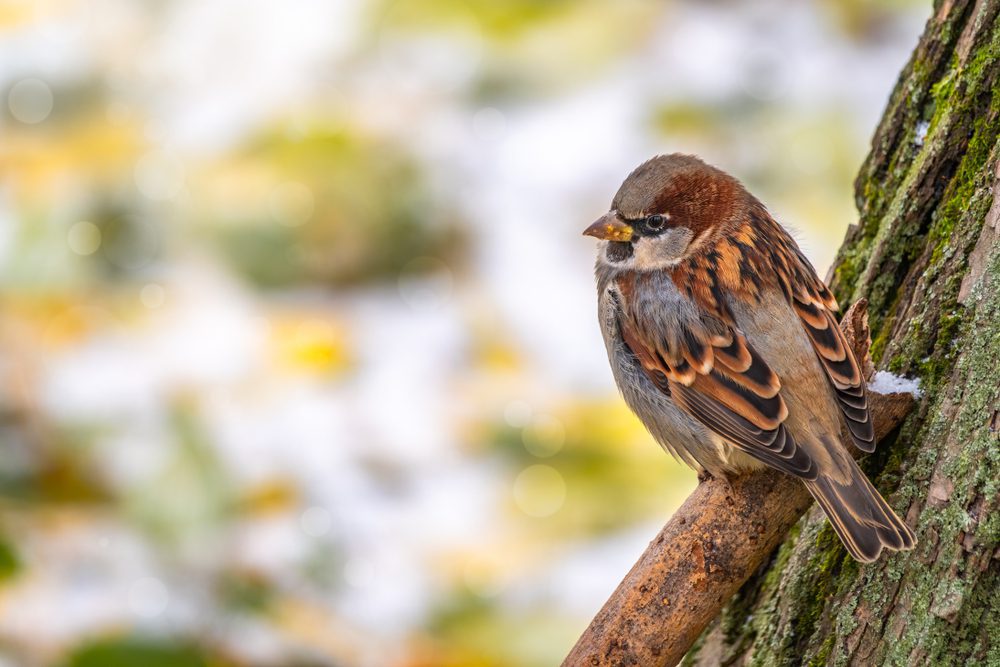
In comparison to the medium-sized female red-winged blackbird, sparrows are tiny songbirds, typically measuring just 4 to 7 inches in length. Sparrows exhibit a wide variety of plumages, with most species being brown, gray, or rusty in coloration with streaking on the underparts. They have short, conical beaks suited to eating seeds.
While quite small, sparrows can be crested or long-tailed. However, with their rounded heads, narrow bodies, short legs, and rather stubby, rounded wings with two distinct wing bars visible, sparrows have a characteristic silhouette quite distinct from the broader-winged, longer-legged profile of female red-wings. This helps differentiate the two species.
Specific field marks to look for when identifying sparrows include a central breast spot, bold head stripes, color patches on the wings or shoulders, and tail patterning. Knowing the subtle differences between the many sparrow species takes careful observation and experience.
Behavior and Nesting Habits of Female Red-Winged Blackbirds
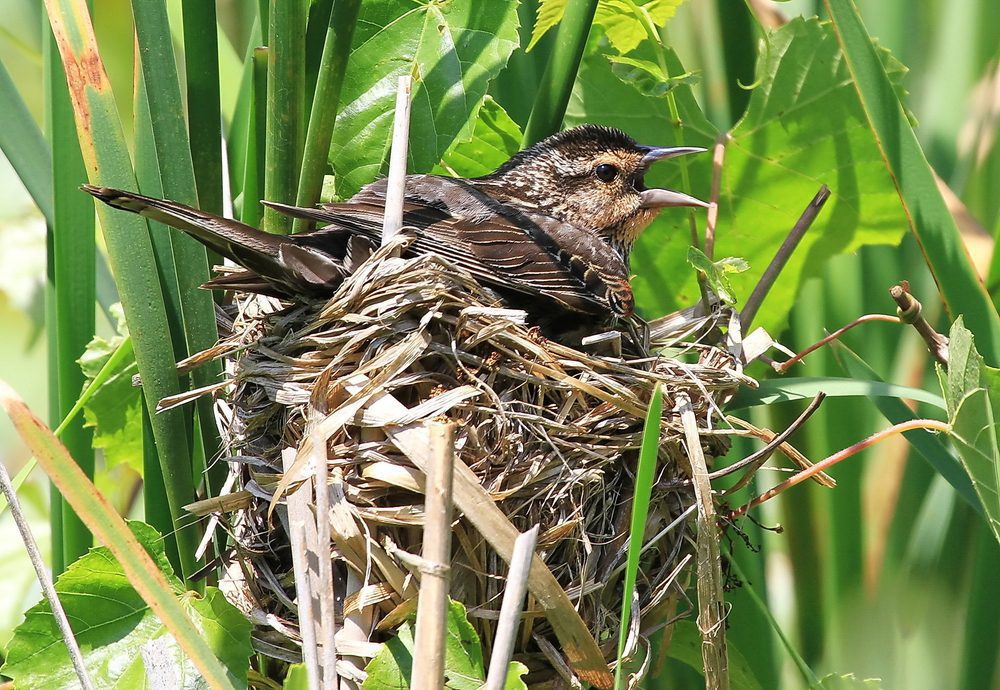
Female red-winged blackbirds are known for their territorial behavior, especially when nesting. They are fiercely protective of their nesting areas in marshy wetlands, often chasing away other birds or animals that venture too close. Some key aspects of their nesting habits include:
- Nesting in dense vegetation near water, weaving nests out of wetland grasses and plant materials
- Laying 3-5 eggs at a time and incubating them for about two weeks
- Both the male and female red-winged blackbird help feed and take care of the young once they hatch
- They may have more than one brood in a breeding season, building a new nest each time
Foraging Patterns, Social Behavior, and Nesting of Sparrows
In contrast to the more solitary female red-winged blackbird, sparrows tend to forage and move about in small flocks. Their social behavior includes:
- Travelling together when searching for food sources like seeds, fruits, and insects
- Forming loose nesting colonies where several pairs nest in close proximity
- Nesting low in bushes, hedgerows, and scrubs rather than over water
- Utilizing camouflage as a defensive strategy by utilizing drab female plumage rather than aggressive displays
Additionally, many sparrow species migrate in mixed flocks after breeding season, gathering with other small songbirds for their seasonal movement. In terms of nesting habits, sparrows are less likely to reuse a nest than red-winged blackbirds. They also produce multiple broods in a single breeding season, but have smaller clutch sizes of around 4-5 eggs. Parental care duties are shared by both male and female sparrows.

Female red-winged blackbirds prefer wetland environments and marshy areas as their habitat. They thrive in the cattails and reeds around ponds, lakes, streams, and ditches. These wetlands provide ideal nesting sites and plenty of food sources like insects, seeds, and aquatic animals.
In contrast, sparrows occupy a diverse range of habitats. Different sparrow species can be found in grasslands, forests, deserts, urban areas, and even alpine regions. For example, Song Sparrows and Chipping Sparrows readily adapt to backyards and city parks. The diversity of sparrow habitats allows them to coexist with red-winged blackbirds around wetlands.
The Draw of Wetlands
The rich supply of insects, shelter, and nesting materials make wetlands highly attractive to female red-winged blackbirds. They aggressively defend wetland territories from other females looking to build nests. Their fondness for wetlands also brings them into contact with the sparrows that share these water-adjacent habitats.
Urban-Adapted Sparrows
Many sparrow species have adapted well to urbanization and suburban sprawl. House Sparrows and White-Throated Sparrows, for instance, thrive around human settlements. They frequent backyards and city parks in search of food and nesting spots. This ability to exploit urban habitats reduces competition with wetland-dependent species like red-winged blackbirds.
The diverse urban and wetland habitats occupied by sparrows and female red-winged blackbirds allow the two groups to partition resources. This facilitates their coexistence in shared environments.
The ecological roles of Female Red-Winged Blackbird vs Sparrow in their habitats and ecosystems.
Female red-winged blackbirds and sparrows both play important ecological roles in their habitats. As abundant seed-eating birds, they help disperse plant seeds and regulate insect populations. Female red-winged blackbirds are important for wetland ecosystems. They consume insects like dragonflies, damselflies, and spiders. This helps control populations of insects.
Their nesting activities also provide shelter and food for other wetland species. Sparrows help regulate seed and insect populations in their habitats, which include grasslands, forests, and urban areas. By dispersing seeds and preying on insects, they support biodiversity and ecosystem health. Large sparrow populations can indicate healthy ecosystems.

